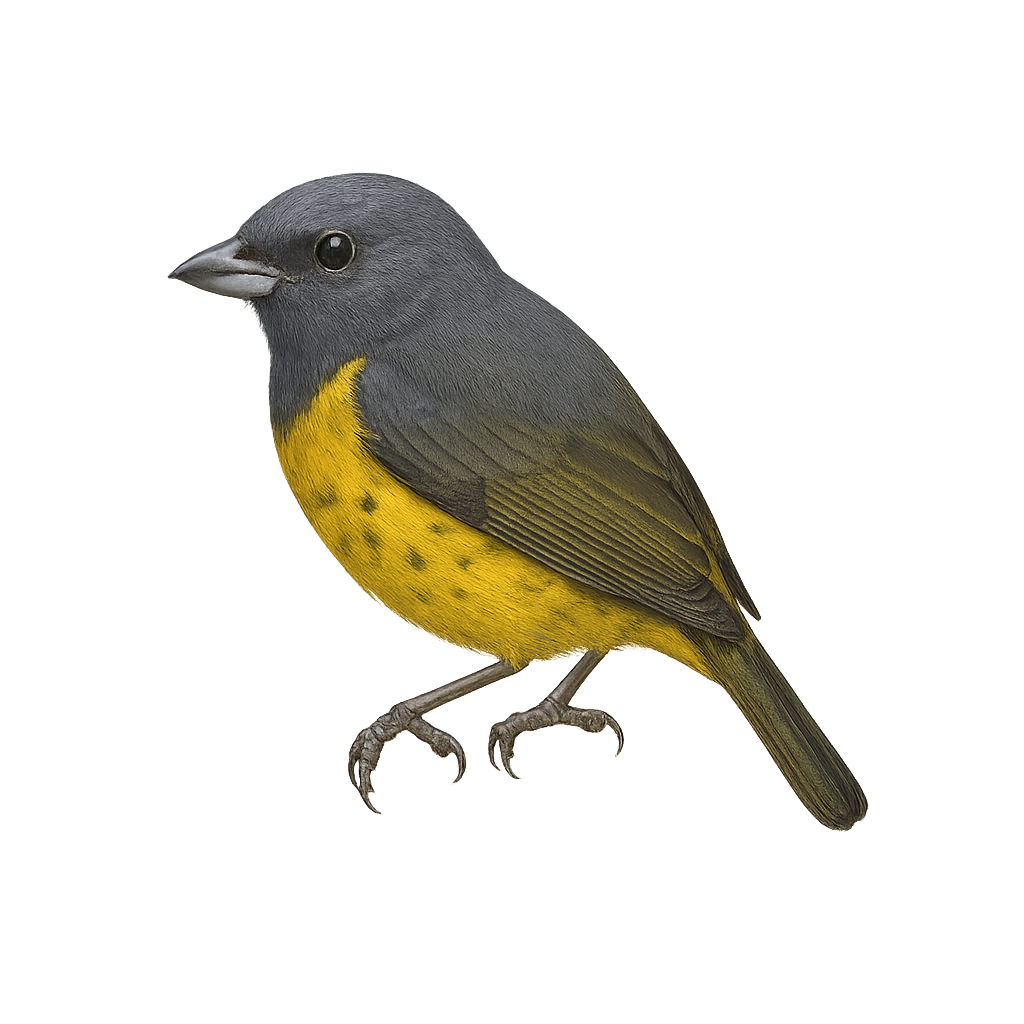Your wildlife photography guide.
Explore the plumbeous euphonia in detail, study its behavior, prepare your shots.
Where to observe and photograph the plumbeous euphonia in the wild
Learn where and when to spot the plumbeous euphonia in the wild, how to identify the species based on distinctive features, and what natural environments it inhabits. The WildlifePhotographer app offers tailored photography tips that reflect the plumbeous euphonia’s behavior, helping you capture better wildlife images. Explore the full species profile for key information including description, habitat, active periods, and approach techniques.
Plumbeous Euphonia
Scientific name: Euphonia plumbea

IUCN Status: Least Concern
Family: FRINGILLIDAE
Group: Birds
Sensitivity to human approach: Suspicious
Minimum approach distance: 5 m
Courtship display: February to May
Incubation: 14-15 jours
Hatchings: February to June
Habitat:
Tropical forests, forest edges, plantations
Activity period :
Primarily active during the day, with peak activity in the morning and late afternoon.
Identification and description:
The Plumbeous Euphonia is a small, colorful bird native to the tropical forests of Central and South America. It is characterized by its blue-gray back and bright yellow belly. Males have a dark blue cap, while females display duller tones. This bird measures about 10 cm in length and weighs between 10 and 15 grams. Often seen in pairs or small groups, it primarily feeds on fruits and berries. Its song is melodious, consisting of soft, repetitive notes. The Plumbeous Euphonia plays a crucial role in seed dispersal, aiding forest regeneration.
Recommended lens:
400 mm – adjust based on distance, desired framing (portrait or habitat), and approach conditions.
Photography tips:
To photograph the Plumbeous Euphonia, focus on forest edges where it is often active. Use a 400mm or longer telephoto lens to capture details without disturbing the bird. Be patient and discreet, as this bird can be suspicious. Observe its feeding habits to anticipate its movements. Early morning hours provide ideal soft lighting for photography.
The WildlifePhotographer App is coming soon!
Be the first to explore the best nature spots, track rutting seasons, log your observations, and observe more wildlife.
Already 1 449 wildlife lovers subscribed worldwide

